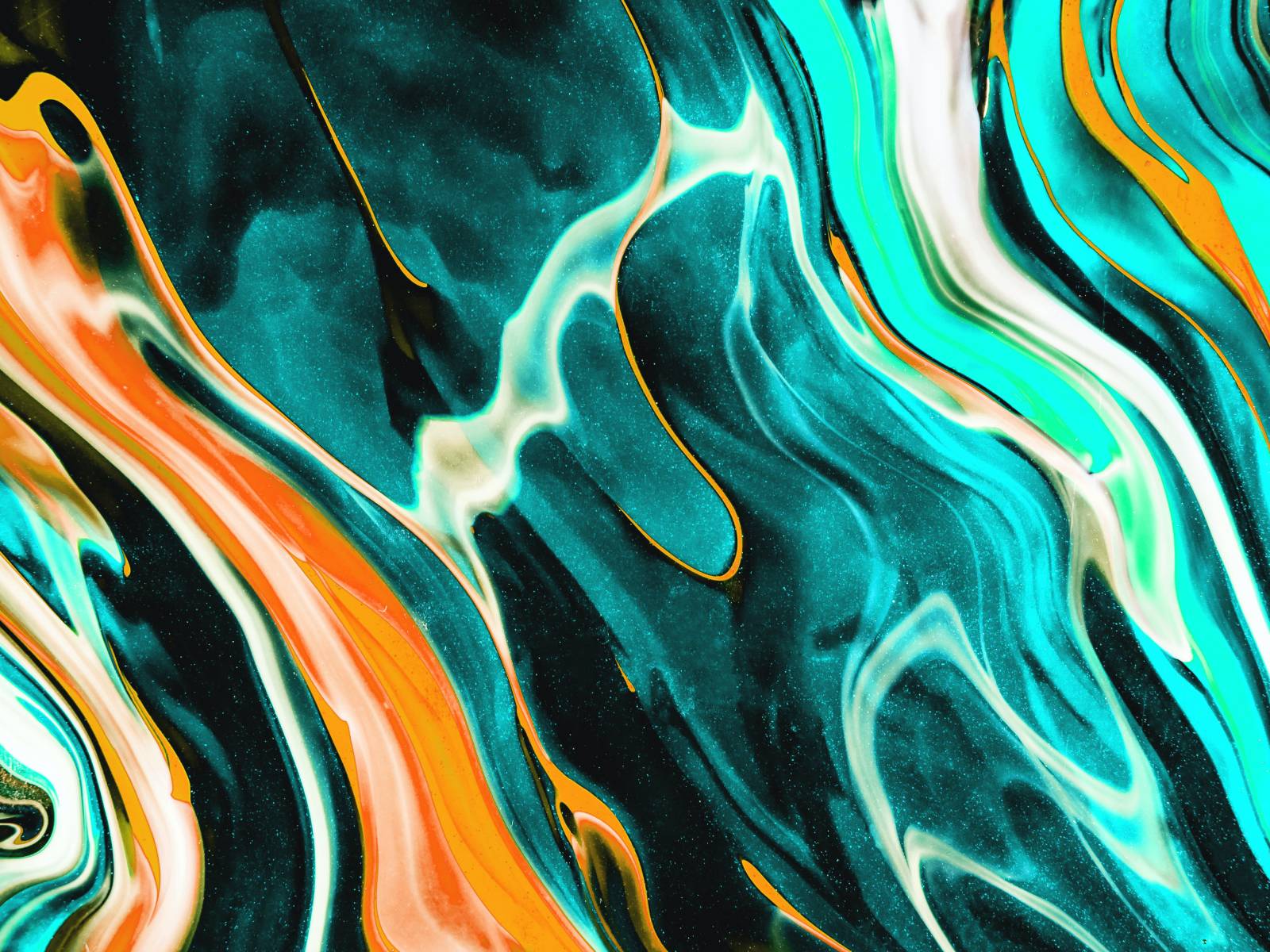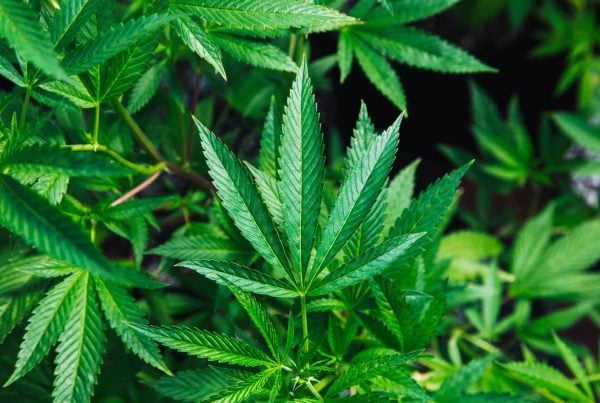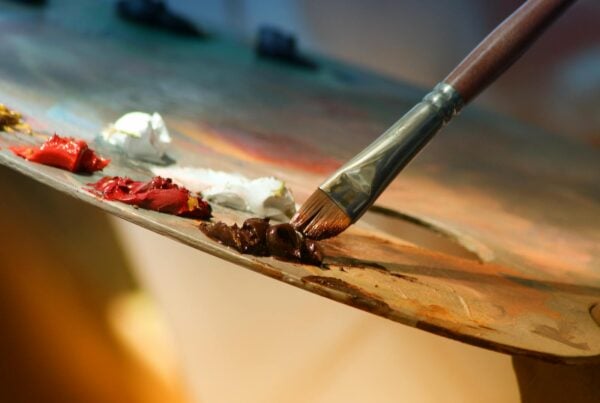The world of colours is a vibrant and fascinating realm of discovery. From the azure blues of the sky to the russet hues of autumn leaves, the natural world has provided us with a palette that is vivid, diverse, and infinite. Inks and paints, arguably the most critical mediums in the art and printing world, owe their rich variety to the incredible array of colours provided by nature. The journey of how these colours are sourced and produced is indeed a captivating story that is intricately intertwined with the history of human creativity and our pursuit of beauty.
Table of Contents
The Colourful Canvas of Nature: Sourcing Colour Pigments
Colour pigments, the soul of inks and paints, originate from an array of sources, both organic and inorganic. Here, we embark on a journey to uncover the origins of these essential elements of artistic expression.
Organic Pigments
Organic pigments, as the term suggests, are derived from living organisms. Over the ages, humans have harvested these pigments from a plethora of sources:
- Plants: Many plants, such as indigo, saffron, and madder, have been cultivated specifically for their colour-producing properties. For instance, indigo, native to India, was extensively used for its rich blue pigment.
- Insects: Certain insects have also been instrumental in yielding colour pigments. The cochineal insect, native to Latin America, produces a vibrant red pigment that has been used in dyes for centuries.
- Molluscs: The marine world has also contributed to our palette. The Phoenicians extracted a deep purple pigment from the murex sea snail to create the highly prized Tyrian purple.
Inorganic Pigments
Inorganic pigments are typically derived from mineral sources:
- Ochre: Earth pigments, like ochre, have been used since prehistoric times. Sourced from naturally tinted clay containing mineral oxides, ochre can yield a range of colours from yellow to deep red and brown.
- Lapis Lazuli: This semi-precious stone from Afghanistan was ground into a powder to produce ultramarine, a brilliant blue pigment that was more precious than gold in the Renaissance period.
- Cinnabar: Native to Spain and China, cinnabar has been used to produce the bright red pigment, vermilion.
Alchemy of Colours: Making Inks and Paints
Once sourced, these pigments undergo a series of processes to become inks or paints.
Inks
The production of ink involves mixing pigments with a liquid (the vehicle) to create a solution or suspension. Historically, water was the primary vehicle, but with time, various other substances like oil, alcohol, and synthetics have been used. The choice of vehicle affects the ink’s consistency, drying time, and adherence to surfaces.
The pigment and vehicle are mixed with binders to help the ink stick to the surface, and modifiers to control flow and drying. In the past, common binders were natural substances like gum Arabic or egg yolk. Modern inks often use synthetic polymers as binders.
Paints
The process of making paint is somewhat similar to that of ink. Pigments are mixed with a binder and a solvent. The solvent controls the paint’s viscosity and helps it spread evenly, while the binder holds the pigment in place once the solvent has evaporated.
The binder can drastically affect the characteristics of the paint. For example, oil paints use linseed oil as a binder, giving them a rich, glossy finish and slow drying time. Acrylic paints, on the other hand, use a synthetic polymer that allows them to dry quickly and adhere to a variety of surfaces.
The Colourful Journey Through History
Inks and paints have a rich and varied history, each pigment carrying its own unique tale.
Indigo: The Colour of India
Derived from the Indigofera tinctoria plant, indigo was a key part of the ancient Indian dyeing tradition. This rich blue pigment travelled via trade routes to ancient Greece and Rome, where it was a luxury product.
Cochineal Red: The New World’s Contribution
The brilliant red pigment derived from the cochineal insect was a significant discovery of the New World. Imported to Europe in the 16th century, it rapidly gained popularity for its vivid hue and excellent lightfastness.
Lapis Lazuli: The True Blue of the Renaissance
The ultramarine blue derived from lapis lazuli was one of the most expensive pigments during the Renaissance. Its deep, brilliant blue was used sparingly and often reserved for significant elements of paintings, such as the Virgin Mary’s cloak.
Cinnabar: The Dragon’s Blood
Cinnabar, a bright red pigment, was used extensively in the murals of ancient Rome and in Chinese lacquerware, where it was known as ‘Dragon’s Blood’. Despite its vibrant colour, the use of cinnabar declined due to its mercury content and the associated toxicity.
Wrapping Up
From the vibrant flora and fauna to the depths of the earth’s crust, the journey of colour is a tale of human ingenuity, cultural exchanges, and our never-ending quest for beauty. The evolution of inks and paints, from their humble beginnings in nature to their modern synthetic counterparts, reflects our continuous exploration and manipulation of the world around us to express and articulate our creative impulses.
Modern Methods: A New Palette in the Making
In the contemporary era, while traditional pigments still hold their significance, the quest for new colours, improved properties, and environmentally friendly methods has led to a revolution in the production of inks and paints.
Synthetic Pigments
With advances in chemical engineering, a new array of synthetic pigments has been developed. These offer a range of advantages over traditional pigments, including enhanced brightness, greater stability, and a wider colour spectrum.
- Aniline Dyes: First discovered in the mid-19th century, aniline dyes were among the first synthetic pigments. Derived from coal tar, these dyes provided bright, vibrant colours.
- Quinacridone and Phthalocyanine: These represent two of the modern organic pigments that have been synthesised in labs. They provide bright, lightfast colours ranging from blues and greens (phthalocyanine) to pinks, violets, and reds (quinacridone).
- Titanium Dioxide: This is the most widely used white pigment due to its brightness and very high refractive index. It is used in a range of applications, from paint to sunscreen.
Advanced Manufacturing Processes
Modern pigment production uses advanced processes such as precipitation, calcination, and surface treatment to improve the pigment’s performance characteristics, like colour strength, opacity, and durability.
Inks and paints are now produced on an industrial scale, using high-speed mixers and mills to blend pigments, binders, solvents, and various additives. Quality control processes, such as spectrophotometry and high-performance liquid chromatography, ensure consistency and high-quality results.
Environmentally Friendly Innovations
Sustainability has become a critical aspect of modern pigment production. This has led to the development of eco-friendly inks and paints, designed to reduce environmental impact.
- Water-based Inks and Paints: These products replace organic solvents with water, significantly reducing VOC emissions and making cleanup easier and safer.
- UV-Curable Inks: These inks contain little to no VOCs and dry or ‘cure’ instantly under UV light, saving energy.
- Bio-Based Pigments: Some innovative companies are now exploring the production of pigments from renewable sources, such as algae and bacteria, in an effort to further reduce the environmental impact of pigment production.
In Conclusion
The transition from traditional to modern methods in the production of inks and paints mirrors the progress of human ingenuity and our evolving understanding of the world around us. As we move forward, the fusion of art and science promises to continue delivering innovative solutions that not only enhance the vibrancy of our world but also care for its future. Our quest for colour, it seems, is not just a journey of aesthetic enrichment, but a journey towards environmental consciousness and sustainable practices too.








